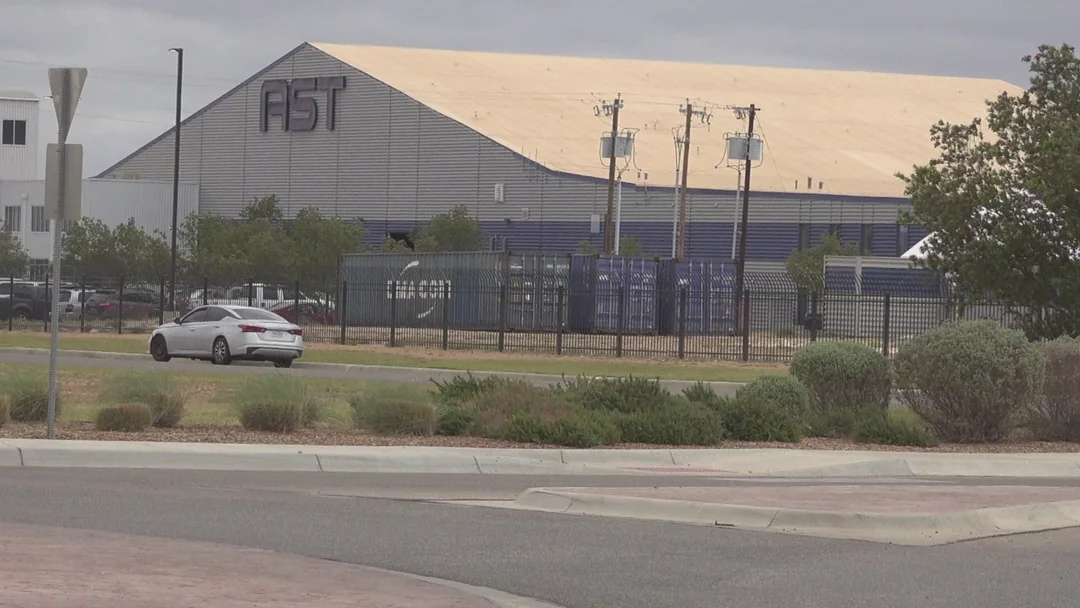
AST SpaceMobile Aims High: 243 Satellites by 2028, Challenging Starlink
AST SpaceMobile is setting its sights on the stars, aiming to launch a staggering 243 new satellites by 2028. This ambitious plan positions them as a direct competitor to SpaceX's Starlink, seeking to provide ubiquitous cellular connectivity from space. Can they pull it off?
The company outlined its intentions in a recent FCC filing, seeking regulatory approval for its FM1 prototype satellite. This satellite, scheduled for launch from India, is the first iteration of the second-generation BlueBird satellite, designed to beam cellular connectivity directly to smartphones on the ground, eliminating dead zones. In March, AST applied for experimental authority with the FCC to conduct tests. The updated details were provided when the FCC deemed the initial application "incomplete."

Each BlueBird satellite is designed for a seven-year lifespan before being de-orbited to burn up in the atmosphere. These satellites are enormous, boasting communication antennas spanning 223 square meters, approximately three times larger than AST's first-generation BlueBirds.
According to the document, the FM1 prototype weighs a hefty 5,830 kilograms, roughly ten times the mass of a Starlink V2 Mini Optimized satellite. Future BlueBird iterations will be lighter, weighing in at 4,210 kilograms, thanks to the use of composite materials. They are designed to deploy at an altitude of 520 kilometers before ascending to 700 kilometers.
While the goal of launching 243 satellites by 2028 is undeniably ambitious, execution remains a significant hurdle. AST plans to utilize SpaceX’s Falcon 9 and Blue Origin’s New Glenn rockets for launches. Recently, Blue Origin’s New Glenn rocket successfully reached orbit and will be part of AST's grand plan.
The FCC filing also references an FM2 satellite, hinting at further prototype development. Satellite industry analyst Tim Farrar suggests this may indicate a potential redesign and delay. Moreover, AST requires FCC clearance for commercial operation within the US, a request that has been deferred. They submitted documentation following criticism from SpaceX, addressing concerns about orbital safety and debris.
Despite these challenges, AST remains optimistic. The company claims it only needs 45 to 60 BlueBirds in orbit to provide continuous satellite connectivity to partners, including AT&T and Verizon. Vodafone is also a key partner, successfully demonstrating satellite video calls using standard smartphones in remote areas.

With FCC approval secured, AST SpaceMobile can accelerate its rollout, collaborating with major telecoms. The BlueBird satellites aim to deliver voice, data, and video services to standard 4G and 5G phones without specialized hardware. Each satellite is equipped with large phased-array antennas, supporting data transmission speeds up to 120 Mbps.
AST SpaceMobile’s technology can improve cell service in rural areas where they aim to eliminate service dead zones. They are working diligently to ensure smartphones can connect directly to satellites in space. In 2023, AST SpaceMobile made history by completing the world’s first space-based voice call using a standard smartphone. This year, the company followed up with another milestone: The first video call made via satellite to a mobile phone.
AST SpaceMobile's vision is grand. The question remains: can they overcome the technical and regulatory hurdles to achieve their satellite constellation ambitions and challenge the dominance of Starlink? Share your thoughts in the comments below!